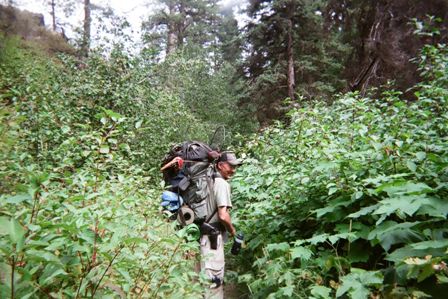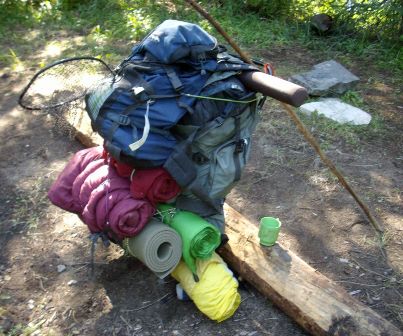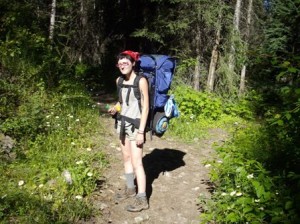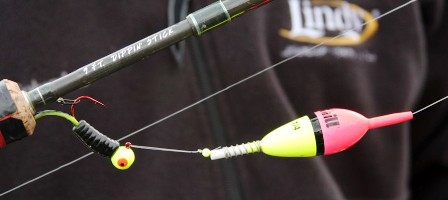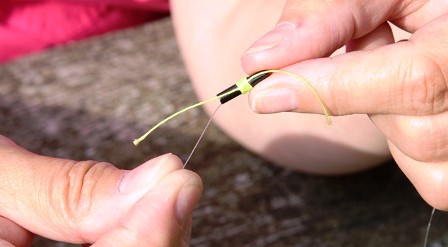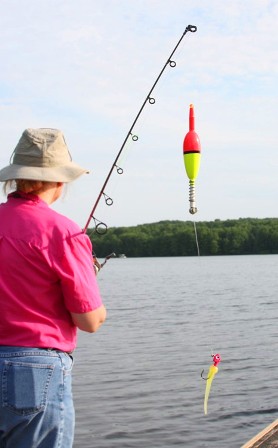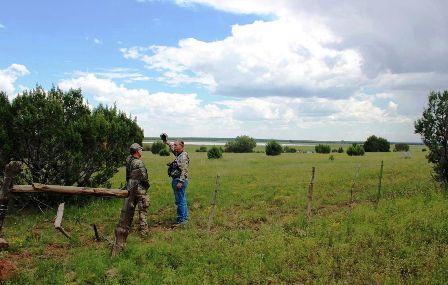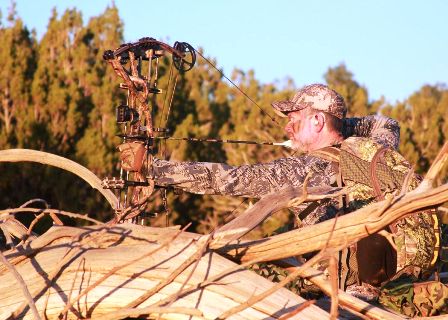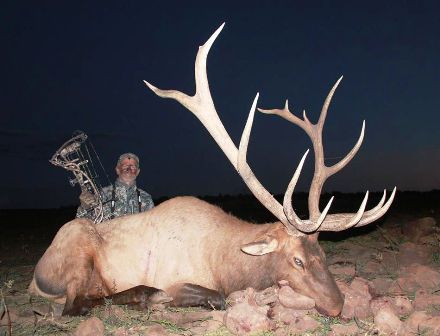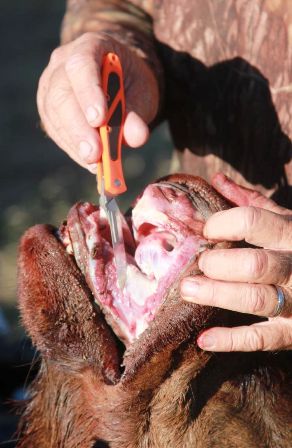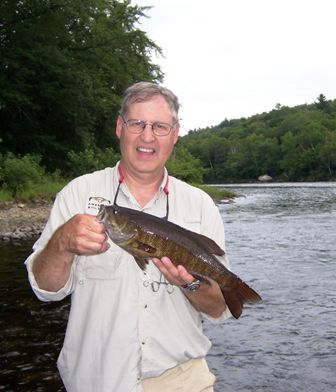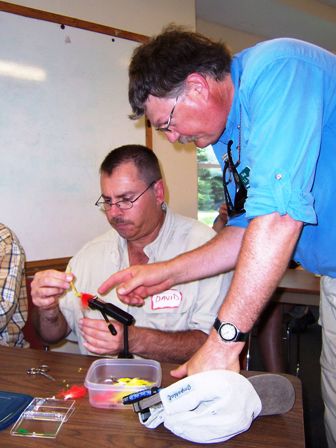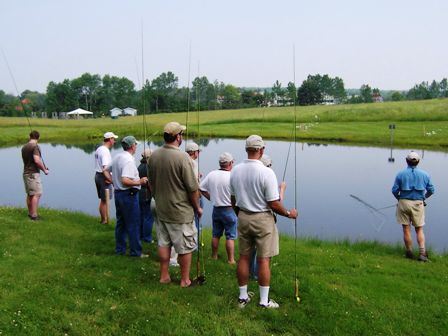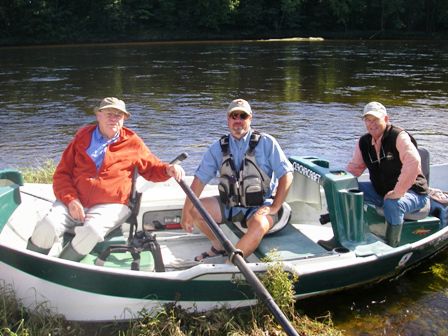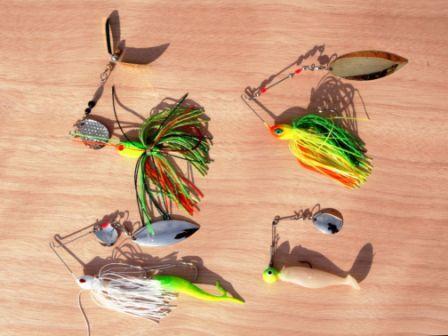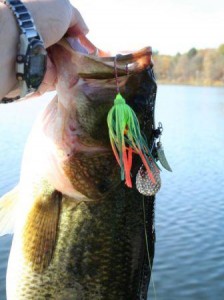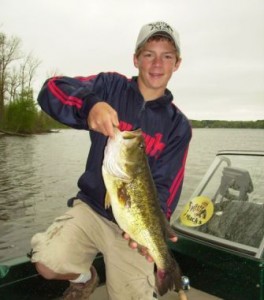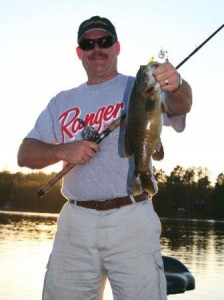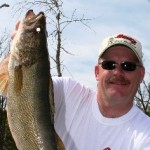By Tom Claycomb III
Not having to slow down for avoidable foot pain is crucial for anyone who plans on hiking, hunting or fishing.
Are you rabbit hunting in a flat pasture, or are you hitting hardcore elk country? Your feet will know the difference, and how you treat them will make a difference in how far you go and how good you’ll feel.
That rabbit pasture will give you little to worry about, but elk country is a whole ’nother ball game, so read on because what worked down low may kill your feet up high.
It Only Took One Bad Experience with Foot Pain to Teach Me a Lesson
I’ve encountered some bad times with my feet or I wouldn’t be writing about it. One backcountry trip in particular really motivated me to learn more about taking care of my feet. We were packing into a wilderness camp on horses, and my buddy was going to meet me at the trailhead on Wednesday right after daylight.
When I arrived I learned I wasn’t riding. I had to hike in because the day before he’d rolled two horses and a mule off the trail down into the river below. The seven miles to camp wouldn’t have been a big deal, except that I had tortured my feet for the five previous days and they were conspiring to kill me. They had taken me to the top of some bad mountains three times, packed a deer down, ridden across a river, climbed to the top of another mountain to pack out an elk, and then led the horses down. I had blisters on all sides and bottoms of my feet – more blisters than I’ve ever had before.
Just that one week taught me plenty about caring for my feet.
Here are five tips – all guaranteed to help you.
1. Don’t Depend on Just One Pair of Footwear.
Take two pairs of boots to camp so you can rotate your footwear. That gives your boots a chance to breathe and your feet a change in environment. In bad weather you’ll want high top leather boots for deep snow and extreme cold. I like my Black Bears by Irish Setter. For warmer weather I like canvas type hiking boots. They’re lighter, easier to hike in, and it doesn’t hurt them to get wet because they’ll dry out fast. They’re good down to the low 30-degree range. Irish Setter has some new Shed Tracker boots I’m looking forward to testing.
When you can’t take two pairs of boots, make comfort and fit your first priorities. On this trip I had a solid pair of heavy duty boots, but they weren’t comfortable for big time hiking.
2. River Sandals can be a Great Option.
When I backpack for fly fishing trips I wear canvas hiking boots, but I also throw a pair of river sandals in my pack. I set up camp and then fish in them. I love river sandals because I can wade out into the holes and fish, then crawl out, dry off in seconds, and hike to another hole. But getting sand under the straps is a killer – it grinds your skin away.
Don’t buy cheap river sandals. Cheap ones will separate – it has happened to me at least three times and each time I’ve been at least five miles from camp. That’s why I carry duct tape. Adventure Medical Kits offers some compact rolls. Or, you can roll your own – put about 50 feet of the life-saving stuff around an empty shotgun shell.
3. Moleskin is a Miracle.
When you first feel a blister coming on, stop and put on some moleskin or a Band-Aid. Don’t try to tough it out. By the time you feel it, the blister has already started – which brings up Adventure Medical Kits again. It seems like their moleskin has saved me a million times. They have numerous foot care kits to choose from, and they’re the best in the land.
4. Socks are as Important as Boots.
Good boot socks are as important as proper boots. I cannot tell you how much they help your feet. Angie Marshburn with Carolina Hosiery is my go-to girl anytime I have sock questions. Most American hosiery companies have gone by the wayside, but there’s a reason Carolina is still in business.
When choosing socks, think about all they do. A good pair of boots socks wicks moisture away, reduces friction, keeps your feet warmer, and cushions your feet. Thicker socks help eliminate blistering, especially when combined with sock liners. I don’t want to exaggerate but they feel like you’re walking on carpet.
5. Wear the Right Size Boots.
Don’t buy new boots without trying them on with your hiking socks so you buy the right size. In boots that don’t fit, your feet will slop around, bister up, and get too tired to carry you. In boots that do fit, your feet will have support, cushioning, and stability. They’ll carry you mile after mile.
***
About Tom Claycomb III
 Tom lives in Idaho writes outdoor articles for various newspapers, magazines & websites. If it’s something outdoors, he probably likes it. You can read some more of his writings at: www.Amazon.com, www.TomClaycomb3.com, and www.BassPro.com.[hs_action id=”7771″]
Tom lives in Idaho writes outdoor articles for various newspapers, magazines & websites. If it’s something outdoors, he probably likes it. You can read some more of his writings at: www.Amazon.com, www.TomClaycomb3.com, and www.BassPro.com.[hs_action id=”7771″]
7,621 total views, no views today


